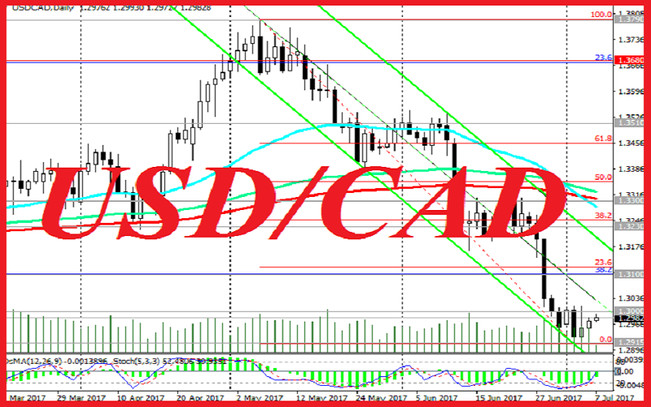Today the focus of market participants will be the publication at 12:30 (GMT) of the monthly official data from the US labor market. Significant improvement is expected in April.
Economists expect U.S. jobs to rise 978,000 in April after rising 916,000 in March, while unemployment fell to 5.8% from 6% in March and a record high of 14.8% in April last year, the highest in the entire history of such statistics since 1948. The reopening of companies last summer contributed to a partial recovery in employment, but that recovery was not complete as the virus continued to spread, tightening restrictions on companies and increasing consumer caution.
Now, high vaccinations rates, fiscal stimulus and relaxation of quarantine measures are helping to improve the situation in the labor market, while also supporting the growth of the American economy.
Such strong indicators on the labor market expected today may give the American stock indices a new impetus for further growth, and the dollar - an incentive to strengthen.
At the same time, some of the more cautious investors may choose to stay out of the market during this time frame. With the publication of data from the US labor market, a surge in volatility is expected not only in USD quotes, but throughout the entire financial market. However, it is often difficult to predict the market reaction to the publication of indicators, because many indicators for previous periods are subject to revision.
Also at the same time (at 12:30 GMT) Statistics Canada will publish data on the country's labor market for April. Unemployment in Canada last month rose according to forecasts by 0.3% to 7.8%, and the number of employees fell by 175,000, due to massive factory closures in previous months due to coronavirus and layoffs. If unemployment continues to rise, the Canadian dollar will decline. If the data is better than the previous values, the Canadian dollar will strengthen. A decrease in the unemployment rate is a positive factor for CAD, an increase in unemployment is a negative factor.
Thus, an extremely volatile start of the American trading session is expected.
Since the beginning of April last year, USD / CAD has been trading in a downtrend. Over the past 13 months, the overall decline of the pair was 15.5%, as a result of which it dropped by 1898 points, breaking through all key support levels and reaching 1.2160 mark, through which the 50% Fibonacci level of the downward correction in the wave of USD / CAD growth from 0.9700 to the level of 1.4600 passes.
Its breakout will finally return USD / CAD into a multi-year bearish trend. So far, everything is shaping up in favor of short positions and a further decline in USD / CAD.
It is very possible that new drivers will appear today, either for a further decline, or for the start of correction and growth of USD / CAD.





